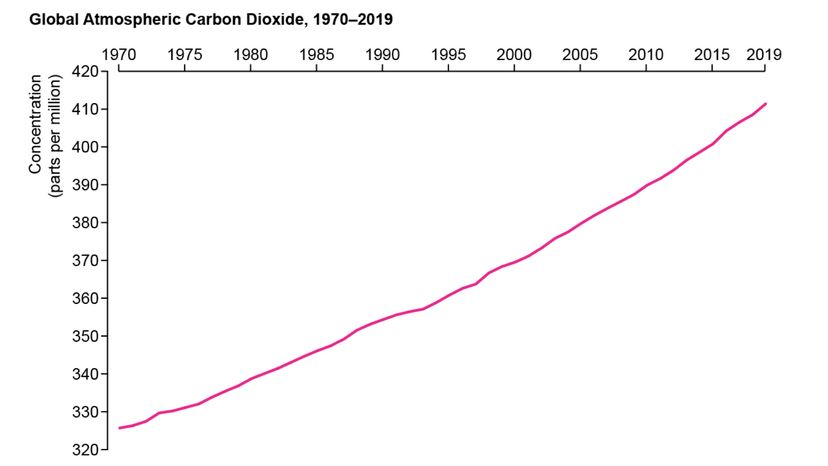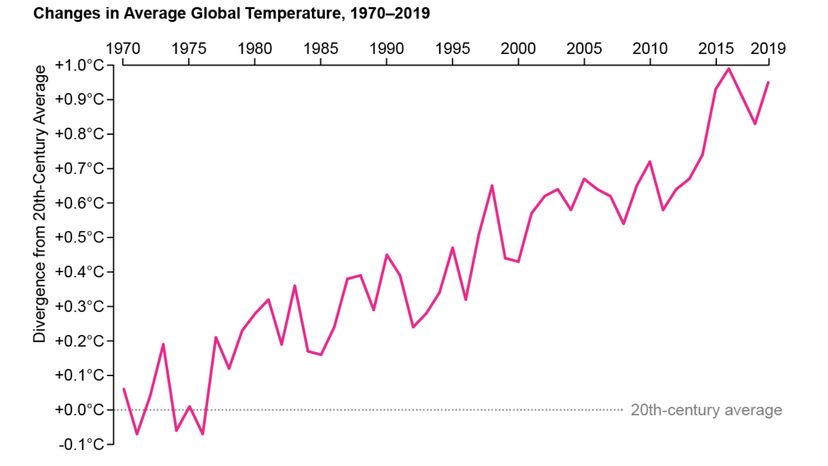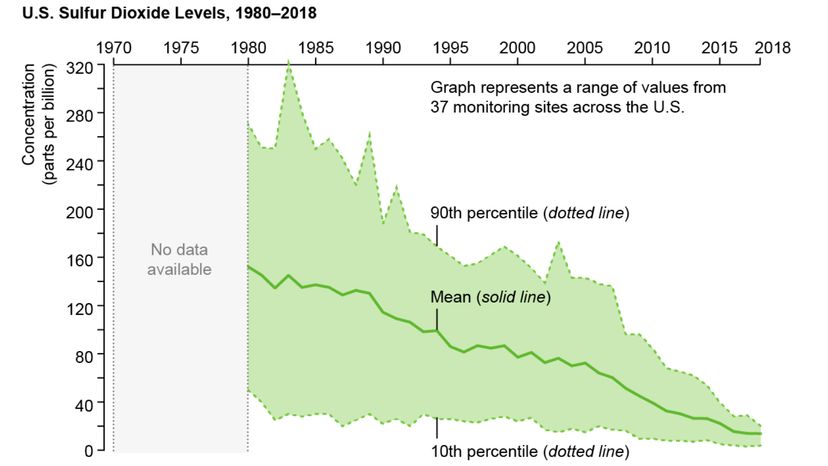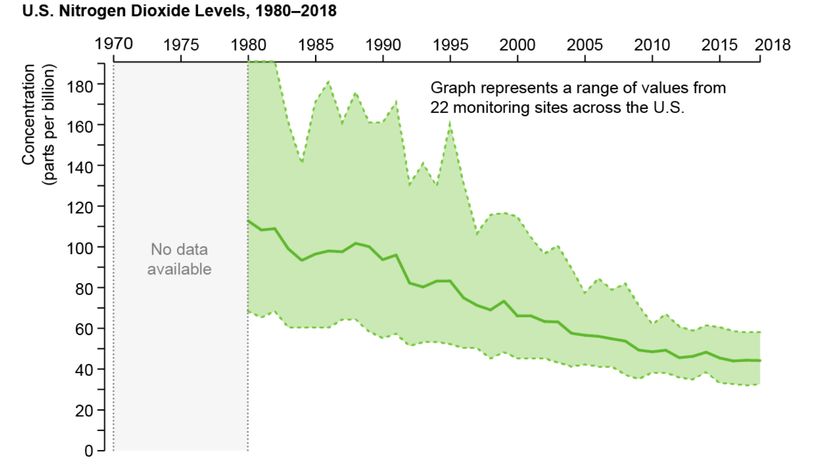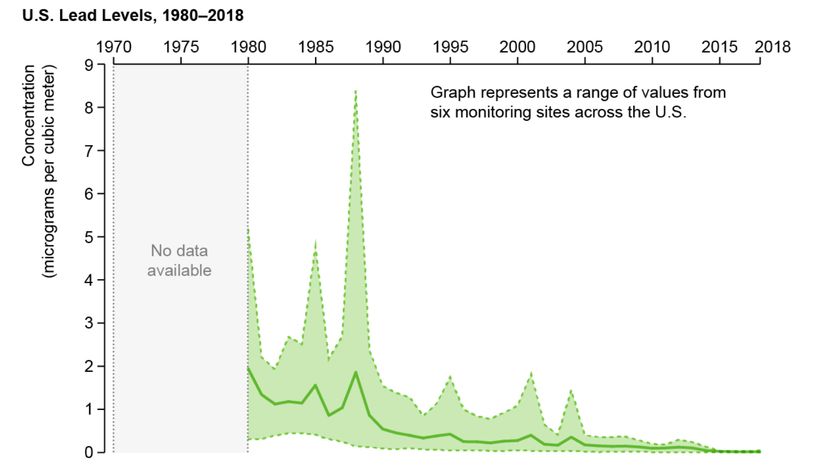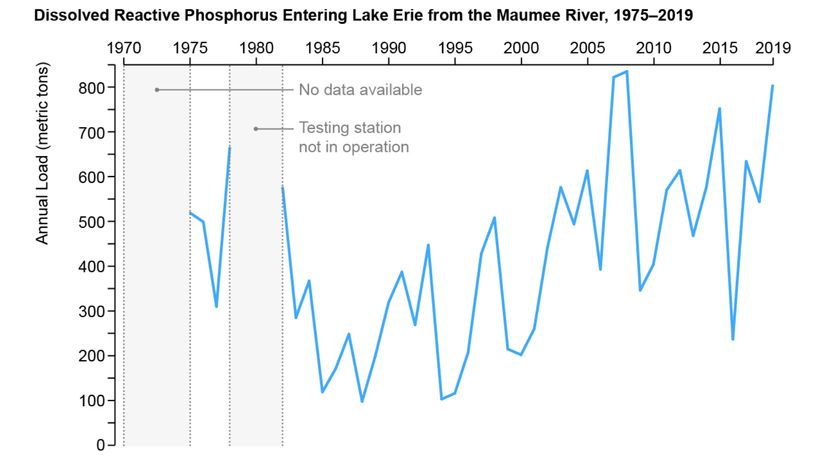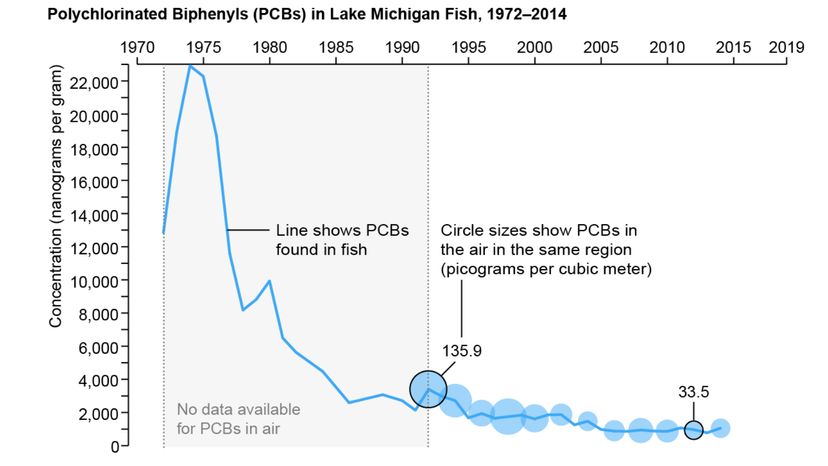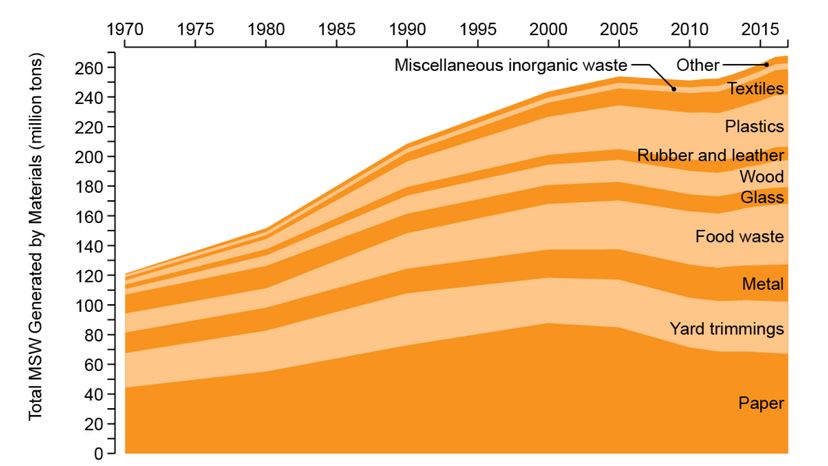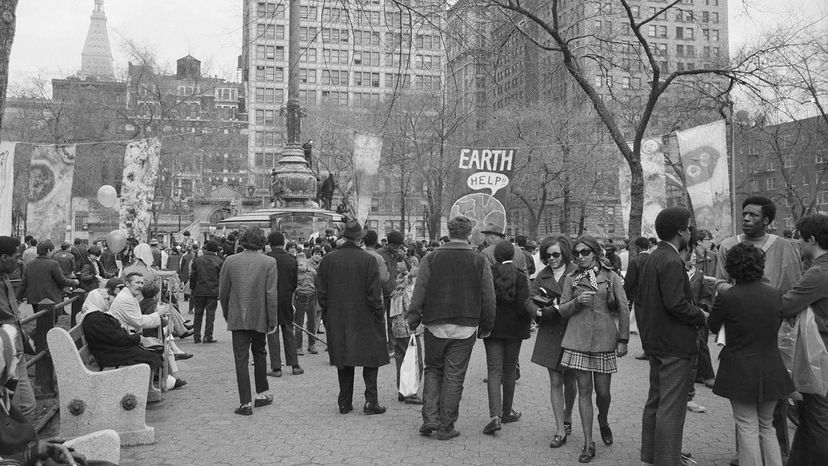
On April 22, 1970, millions of Americans took part in demonstrations, cleanups and other activities to make the first Earth Day. The event was the brainchild of then Democratic Senator Gaylord Nelson of Wisconsin, and it was a watershed moment for the growing U.S. environmental movement.
Americans had become increasingly aware that the same industrialization that had made the country wealthy was having an impact on the environment and their own health. As famed anchorman Walter Cronkite put it in a special CBS News broadcast, Earth Day participants had a "common cause of saving life from the deadly by-products of that bounty: the fouled skies, the filthy waters, the littered Earth."
Advertisement
That same year would see the creation of the Environmental Protection Agency and the first in a series of important environmental laws. Since then efforts to tackle various environmental ills have waxed and waned. While enormous strides have been made in curbing air pollution, the threat of climate change has emerged and mushroomed. Here we take a look at a few environmental indicators to see what progress has — or has not — been made since that inaugural Earth Day 50 years ago.
